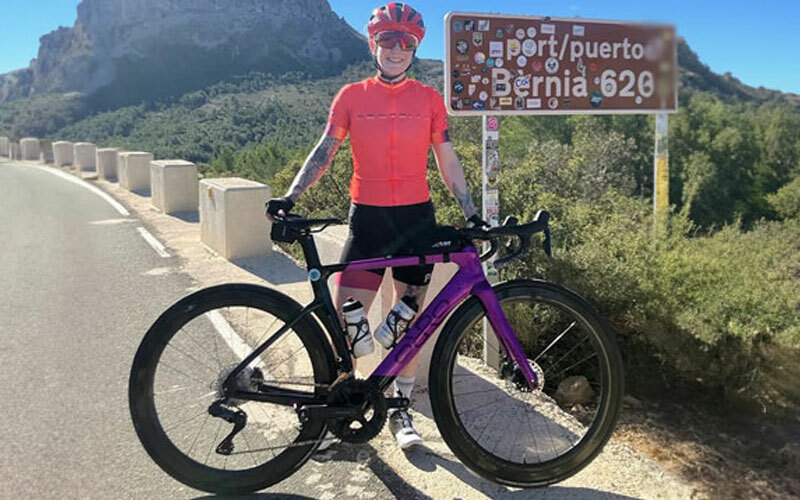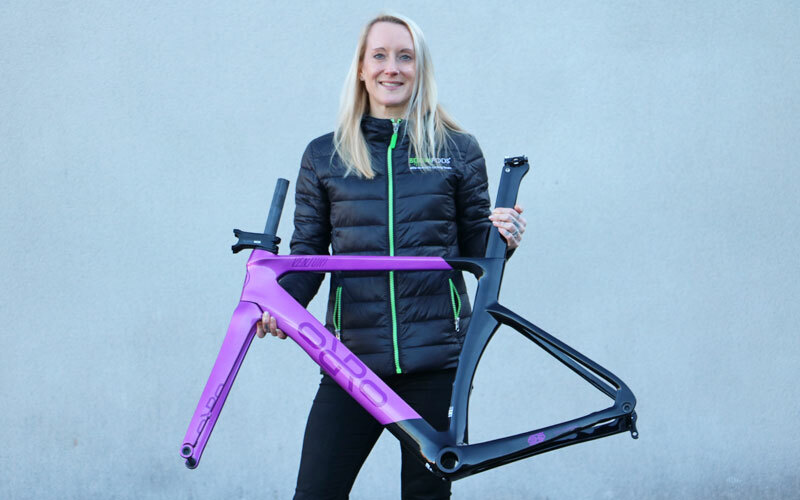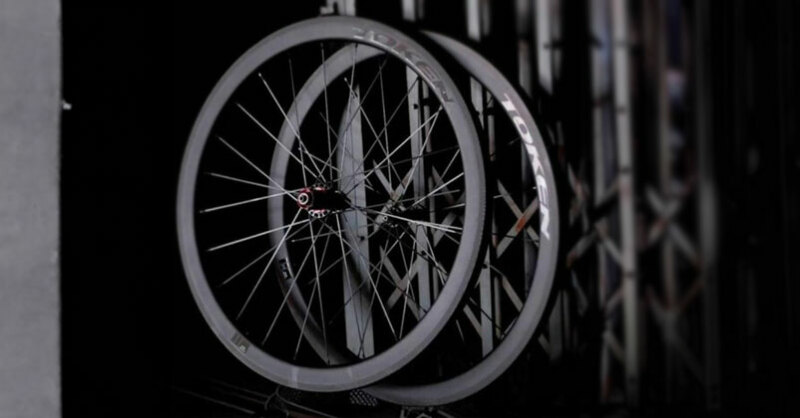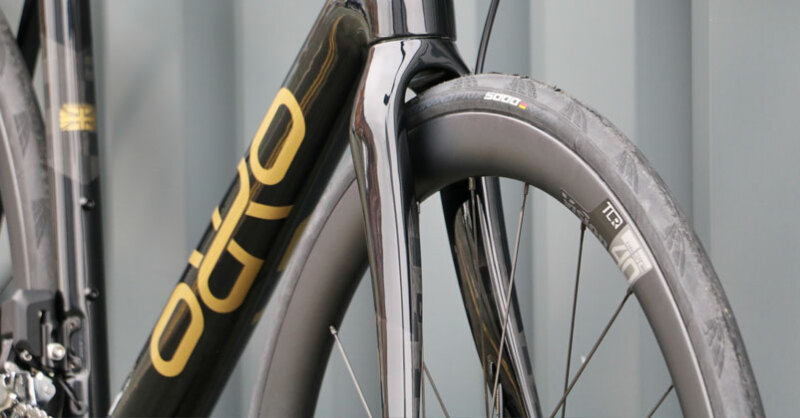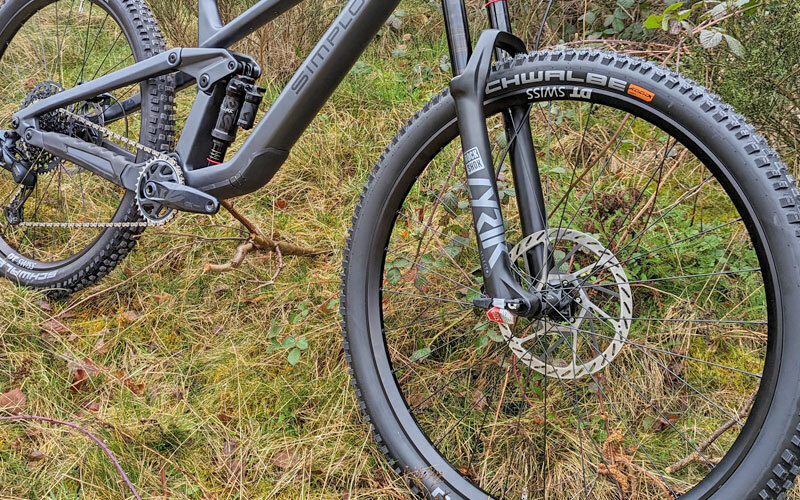Road Bike Frameset Guide
The frameset is the central core of any bike. Whether you are replacing a damaged frameset or building your dream machine, the right frameset makes all the difference.
The frameset is the main frame of the bike and the fork (framesets can include headset and skewers if disc brake – however, this depends on the manufacturer). Frames are made from steel, aluminum, carbon fibre and titanium. Forks are most commonly made from carbon fibre. Most framesets can be built with any groupset, providing it has the correct braking system.
.jpg)
Broadly speaking, bike riders tend to be in one of two camps; those happy to ride a bike as it is straight from the shop, and those who love components, specs, component weights and dreaming up bike builds. Buying a frameset appeals more to that second group. It is a great way to start building your ideal bike, to the exact specification you would like. Building your own bike also means you can fit the wheels, pedals, handlebars you want in the build, instead of buying a full bike and then swapping or upgrading components. Check out our blog on frameset build tips here.
Different Types of Road Frameset
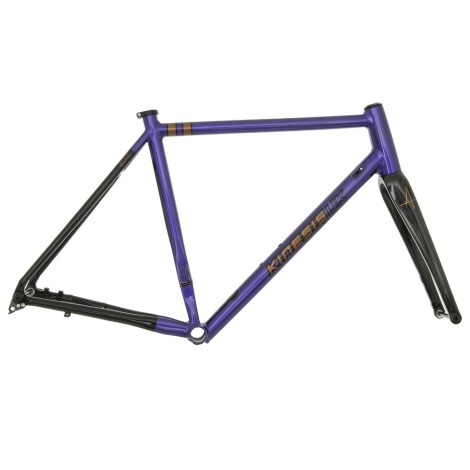
Sportive / Endurance Frameset
Sportive and endurance framesets tend to have a slightly more relaxed upright riding position, thanks to a taller head tube (the frame tube the fork steerer passes through) and slightly shorter top tube. Their geometry is more suited for long days in the saddle and allows a more comfortable ride for new riders. Framesets come in either rim brake or disc brake formats. Wider tyre clearance is another regular feature of sportive / endurance framesets, this allows for more comfort especially over rougher roads.
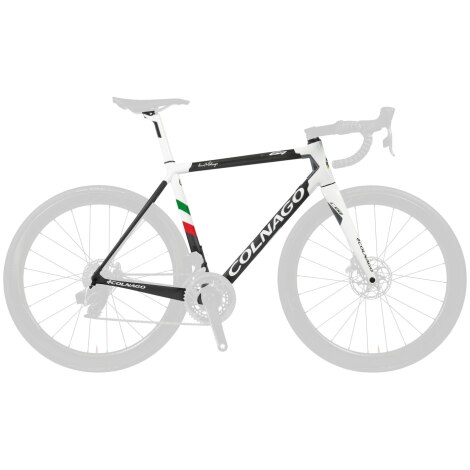
Road Race Frameset
Framesets designed for road racing feature geometry which makes for a more aggressive, stretched out riding position, whilst also feeling nimble and with fast handling. Cable routing is usually through the frame. Road race framesets come in either rim brake or flat mount disc brake format. Some framesets are designed to be used with direct mount brake calipers.
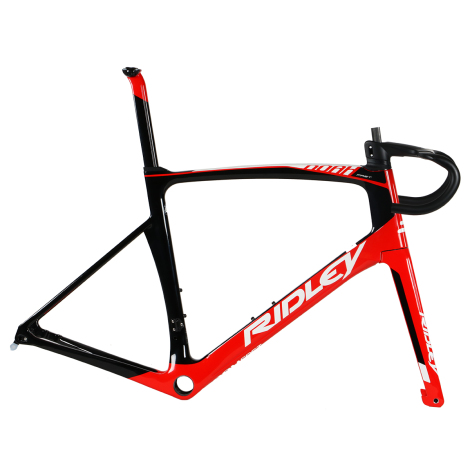
Aero Road Frameset
Cutting through the wind with sleek aero lines is what aero road frames are all about. Aero framesets usually offer similar geometry to road race framesets, but smoother junctions where tubes meet and narrower carbon tube sections to help the framesets wind-cheating capabilities. Aero road framesets are the available in rim brake and disc brake formats and have cables hidden inside the frame tubes.
At Merlin we also stock MTB, Cyclocross and Gravel framesets, so if you want to build something you then get filthy, check out our latest offers on off-road framesets.
The ‘Nitty Gritty’ on Framesets…
Materials
Road bike framesets are manufactured in four main materials; Steel, Aluminium, Carbon Fibre and Titanium. Steel offers a solid, predictable ride and tend to last a long time. The downside to steel framesets is that they tend to be heavier. Aluminium framesets have a good mix of qualities which suit many riders, they tend to be relatively inexpensive and last well. More expensive alloy framesets tend to be lighter and offer more compliance which aids comfort. Carbon Fibre is a light and relatively tough material which can provide a comfortable, yet still stiff ride. Carbon frames offer good vibration damping properties and builders can use different grades of carbon and numbers of layers to fine tune parts of the frame. Most carbon frames are made with layers of carbon sheet and resin pressed into molds, some are still made by hand (Colnago C64) or even woven (Time). The downside of carbon fibre is that it cannot easily be repaired. Titanium offers a smooth, plush ride with the material soaking up road-buzz vibrations to a good degree. Titanium framesets are usually lighter than aluminium but heavier than carbon fibre, titanium frames are renowned for their longevity. Most road bikes, except some entry bikes feature carbon fibre forks. Carbon forks offer good vibration soaking qualities and relatively light weight.
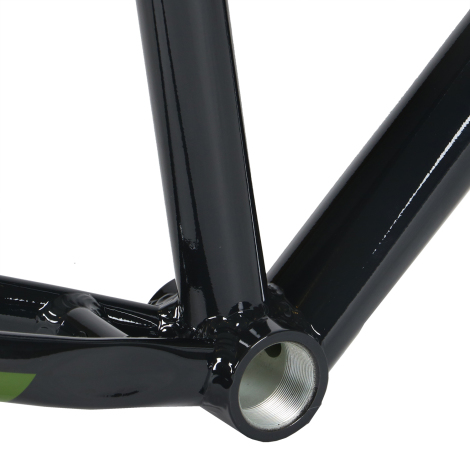
Bottom Bracket Size
Different manufacturers use different bottom bracket specifications in their framesets. Make sure the chainset you would like to use will fit the frameset / bottom bracket type.
Internal Cables
Passing gear and brake cables routing through the inside of frameset serves a couple of purposes; internal cables are more protected from moisture, dirt and grit, they also make for a cleaner look, slightly improved aerodynamics and make the bike easier to wash. The downside to internal cables is that they can take a little longer to replace.
Braking Options
Standard rim brakes have been around for nearly 100 years, although they have developed and improved over time. Standard rim brakes fit the frame on the brake bridge between the seat stays at the back of the bike and on the front forks.
Some frameset manufacturers have moved to Direct Mount rim brakes in recent years. Direct Mount brake calipers have a different fitting method using two mounting bolts instead of one, and can offer improved braking, dissipating braking forces at two points on the mounting rather than one..
Disc brakes have become far more popular on road bikes since the UCI allowed them for use in competition in 2018. Disc brakes offer more braking power and modulation, they are also unaffected by weather conditions and buckled wheels. Disc brakes need specific thru axle wheels and take a little more patience initially setting them up.
Framesets and Component Standards
Technology in cycling is such that equipment tends to evolve and standards change in the industry. So it is essential when building a bike to acquire components that are compatible with your frameset. Here are some common bike frame standards you will have to pay attention to when considering your own build.
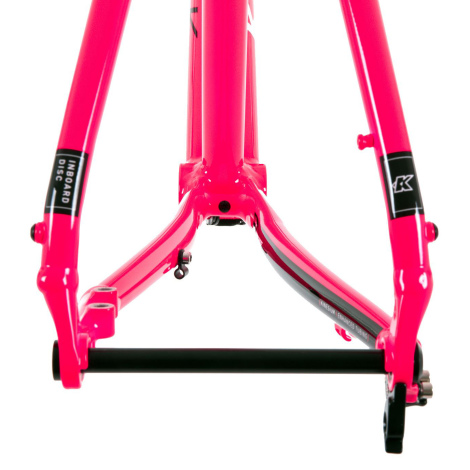
Front & Rear dropouts
Where your wheel’s hub fits into the frameset. This largely determines which wheels and hubs are compatible with your frameset.
Rim brake road bikes have quick-release dropouts; 130mm / 100m wide. Vintage bikes are often 126mm / 100mm and fixed-gear track frames are 120mm/100mm.
New disc braked road and gravel bikes: 12x142mm / 12x100mm thru-axles.
(Early disc road / gravel bikes featured some alternative sizes before 12mm settled as the ‘standard’)
Brake mount
This is how brakes mount to the frame.
Older cyclocross & touring frames: Cantilever or V-brake calipers. These mount to two posts which will be on the fork legs and seat stays.
Rim brake/Older road bike frames: Rim brake calipers. These mount to a single drilled hole in the fork crown and seat stay bridge.
Direct Mount calipers attach to the frame and fork using two bolts.
Road, gravel, and cyclocross bikes: Older models have post mounts for disc brakes. A few years ago, flat-mount disc brake calipers became the preferred standard.
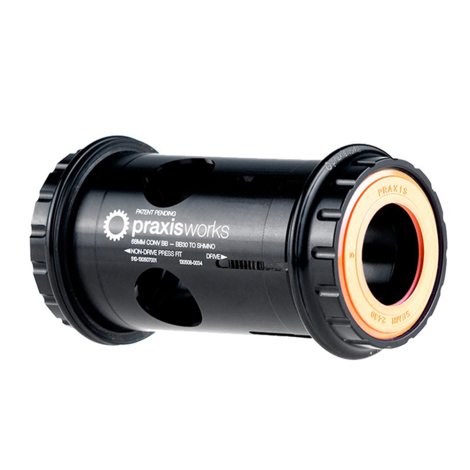
Bottom bracket
Pull up a chair, it gets complicated. There are a multitude of bottom bracket standards.
Threaded bottom brackets: These are typically English Threaded / BSA or Italian threaded. Bottom bracket shells are either 68mm/73mm wide, Italian thread bottom bracket shells are 70mm wide (the diameter of the shell is 36mm, wider than English 34.92mm).
Press-fit bottom brackets: There are several standards here, for example; BB30, PF30, BBRight, BB90. These bearings press into the frame, there are no threads. Check your framesets specification and match it to the correct bottom bracket. Refer to google or similar to double check.
Front derailleur
Some road bikes and lots of gravel bikes can run a single front chainring (1X) and so don’t need a front derailleur.
Braze-on front derailleur: This is a direct-mount option and doesn’t use a band around the seat tube.
Seat tube clamp front derailleur: Make sure the derailleur clamp matches your frameset’s seat tube diameter. Often, dimensions can be found online or use a measure. Common sizes are 28.6mm, 31.8mm, and 34.9mm.
Seatpost diameter
Road bikes: Typically use 27.2mm, but many have larger diameter seatposts. Some aero frames have posts made for the frame by the frameset manufacturer. Some vintage and fixed-gear frames use 26.8mm seatposts, early alloy and carbon bonded framesets used 25mm.
Steerer tube diameter
The steerer tube is where the forks fit inside your frame’s headtube. The handlebar stem clamps onto the top of the steerer tube.
Older Road Bikes have a threaded steerer tube which the headset top adjuster and bolt screwed onto. From around the late 1990’s – early 2000’s the Ahead system became the ‘standard’ which we use today, although the original ahead road bikes were 1” rather than 11/8”.
Older road bikes early 2000’s: Straight 1 inch or 1 1/8” steerer tubes
Newer road bikes: Tapered steerer tubes — Road, gravel, and, cross forks are usually 1 1/4" or 1.5” at the base and taper to 1 1/8".
There are other headset sizes, if it is a struggle to match yours, try the Sheldon Brown reference website.
Think about these too…
Disc rotors and wheels come in two options, Centerlock and six-bolt.
If you are into tubeless, make sure your wheel rims are tubeless ready.
Campagnolo cassettes will not fit on a Shimano/Sram cassette body and vice-versa. Make sure the cassette body matches your groupset.
Shifting components: Sram and Shimano cassettes are the same spacing and can use the same freehub body. However, a Campagnolo 11 speed cassette mounted on a Campagnolo wheel will index with a Shimano 11 speed groupset, this is because the spacing is the same – not necessarily recommended, but useful to know.

